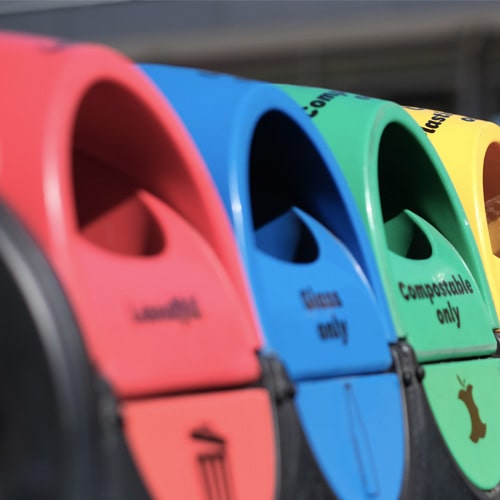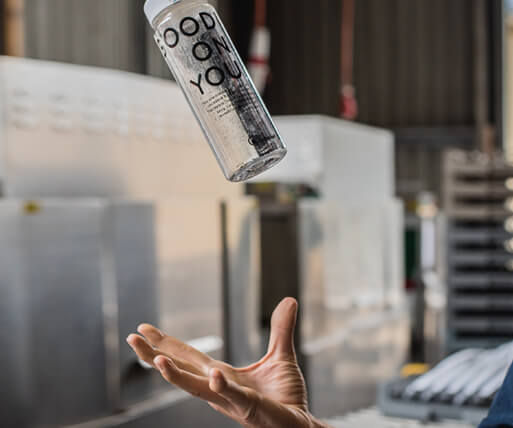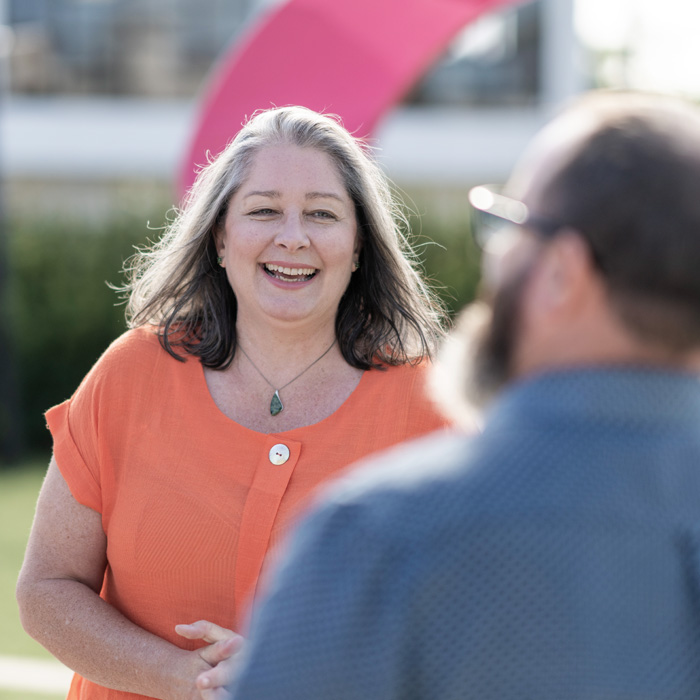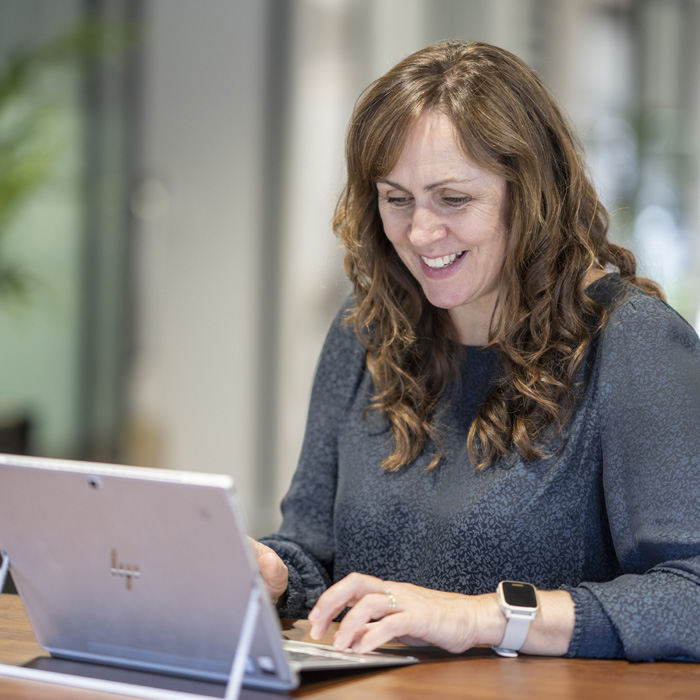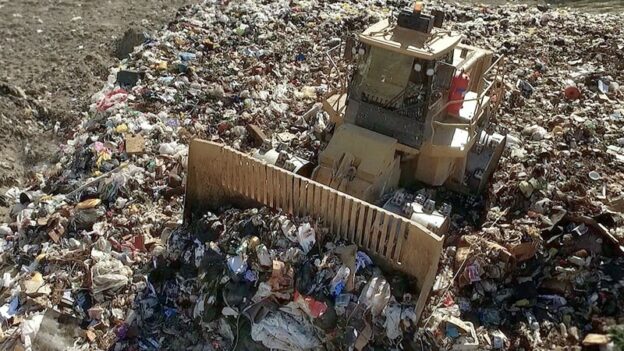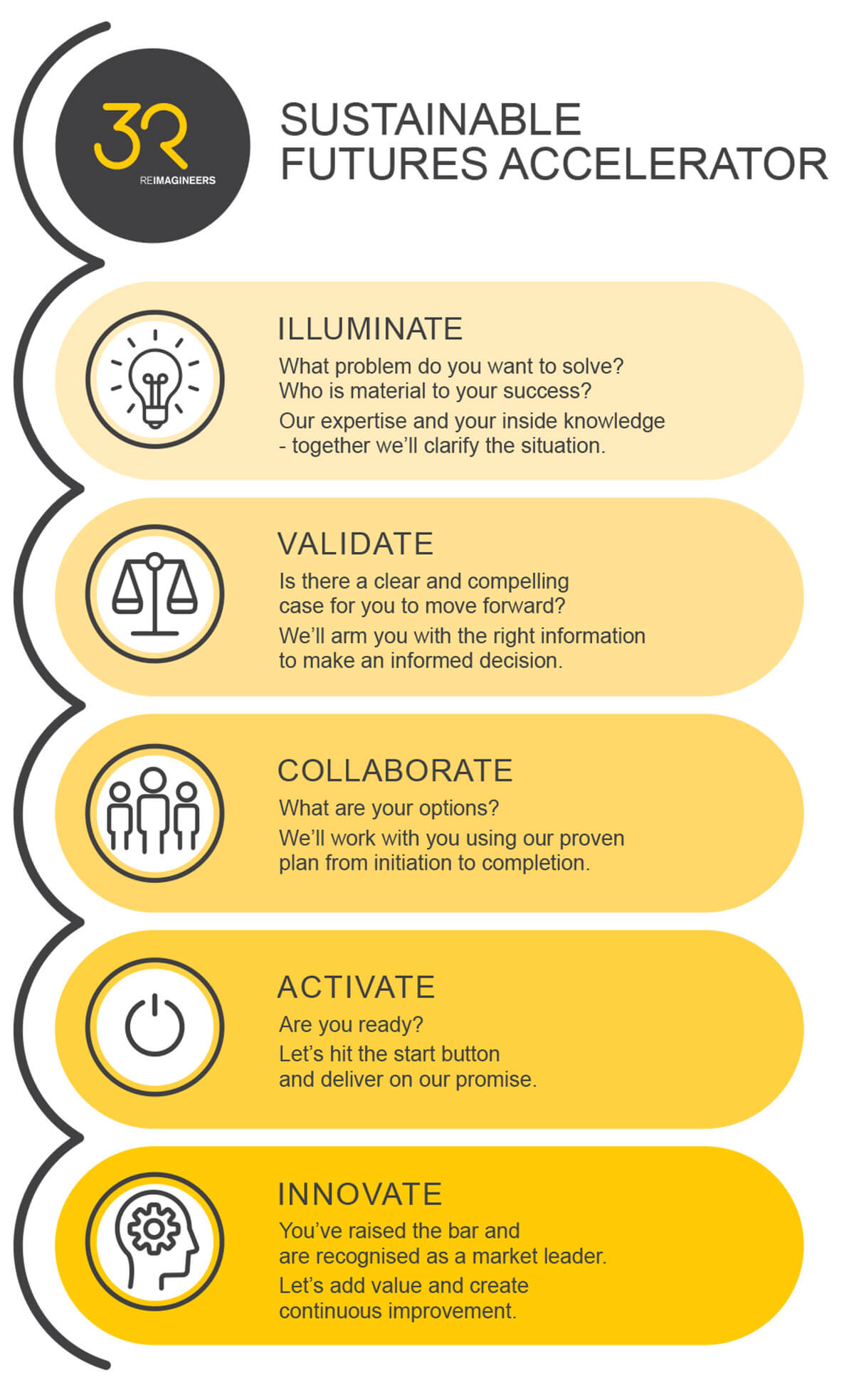How the cost of waste will change New Zealand for the better
Did you know New Zealand is one of the cheapest places in the western world to dispose of rubbish?
Couple this with the fact we generate the fourth highest amount of waste per person in the OECD and we find ourselves in a truly shameful position. Especially considering the ‘clean, green’ image we portray to the world.
This is set to begin changing on 1 July when the waste disposal levy goes up for the first time in over a decade, and with very good reason.
On the surface the levy may appear a to be a topic with less appeal than watching paint dry. However, the coming changes to the levy will have far reaching impacts on the country, its wavering clean, green image and, critically, the way people and businesses think about waste and how to reduce it.
The levy forms a portion of the total cost of disposing of waste, generating funds for waste minimisation projects and work. It is also a behavior change instrument which has failed abysmally as waste to landfill in New Zealand has increased by 1.5 million tonnes a year since the levy’s introduction.
Change is coming, very soon
In mid-July last year, the Government announced significant changes to the levy, which will see it applied to all types of landfills and progressively increased over four years. It will also mean better data on the waste the country creates, and significantly more money available to invest in waste-reduction projects through a contestable fund.
It’s understandable that the thing which may jump out is the increase in the levy. This will take it from the current $10 per tonne to $60, over four years, starting on 1 July. The levy has been $10 since 2009 and is one of the lowest in the OECD.
Some have incorrectly interpreted the change as a six-fold increase in waste disposal charges. However, the levy is also only a portion of the total fee when disposing of waste at the local landfill (which varies throughout New Zealand).
Government estimates the increase could mean a weekly council kerbside rubbish bag (where councils offer user-pays rubbish bags) will go up by about 25c.
Cost and behaviour change
There is a great analogy that waste is like water – it flows to the lowest price point. If landfill is the cheapest option there is little incentive to consider or develop other options, such as reduction, reuse or recycling.
According to the Ministry for the Environment the amount of rubbish New Zealanders have sent to municipal landfills over the last decade has increased by a staggering 48% – some 30 million tonnes in total. A large portion is material which can be reused, recycled or composted – valuable resources being wasted.
Price is one of the best ways to drive behaviour change and the knock-on effect will see a greater emphasis on reducing waste in the first place. Waste reduction and avoidance will become more important in product design, alternative outflows for waste will be explored and generally landfilling will become less of an attractive, default solution.
Hawke’s Bay is a good example. Here there is a disproportionately high volume of organic waste going to landfill due to the amount of primary industry in the region. This is a problem for two reasons.
Firstly, when organic waste breaks down in landfill it produces potent greenhouse gases. Yes, some landfills can capture and use this gas, but not all. And secondly, it’s a significant waste of nutrient-rich material which could be used in other beneficial ways. There would be obvious benefits if composting, bio-digestion, or another circular solution was the most cost-effective option.
More money = less waste
Currently the levy is only applied to municipal landfills, which account for around just 10% of the country’s waste. Other kinds of waste, like building and demolition waste (which makes up around 40% to 60% of waste) currently has no levy applied to it.
The progressive expansion and increase of the levy isn’t the only stick for business and consumers. There is a carrot too – in the shape of money.
Around 50% of the revenue from the levy is allocated to waste minimisation projects, through the contestable Waste Minimisation Fund (WMF). The remainder of the revenue goes to councils for waste minimisation activities.
Currently the levy provides around $10-12 million for the WMF annually. Once it’s expanded and increased to $60 it will increase to more than $100 million. The result will be some serious funding available for large-scale waste minimisation projects which could not only reduce waste but create jobs by creating new processing facilities.
Getting to know our waste
If you don’t measure, you can’t manage. It’s an adage which is central to waste minimisation – improving data on the waste New Zealand produces is vital to tackling the problem.
Currently the information is sparse at best. We simply don’t know how much of what materials are being landfilled. This means change is slow as there is little to no data to justify it.
Municipal landfills, which are currently levied, gather reasonable data in terms of tonnage while some also do surveys to better understand what is in the landfill. Non-levied landfills however don’t report any information. If you were to ask how exactly much building timber, concrete or even window glass is landfilled each year in New Zealand it would be impossible to get an answer.
What does the future hold?
These changes may seem dramatic, especially considering very little has changed in regard to how we view or use landfills in over a decade.
However, we can no longer continue to stumble along blindly landfilling things at the current rate. It not only makes a mockery of our clean, green image, but wastes a huge amount of potential resources, simply because it’s the cheapest, easiest option.
There is a clear need to move away from one-way disposal pathways in favour of more circular solutions, and to recognise the value of the material being discarded.
In future, I believe, we will look back at these changes as a vital part of the country’s journey to reducing waste and increasing resources.
By Dominic Salmon, 3R Group Business Development
Connect with Dominic on LinkedIn

